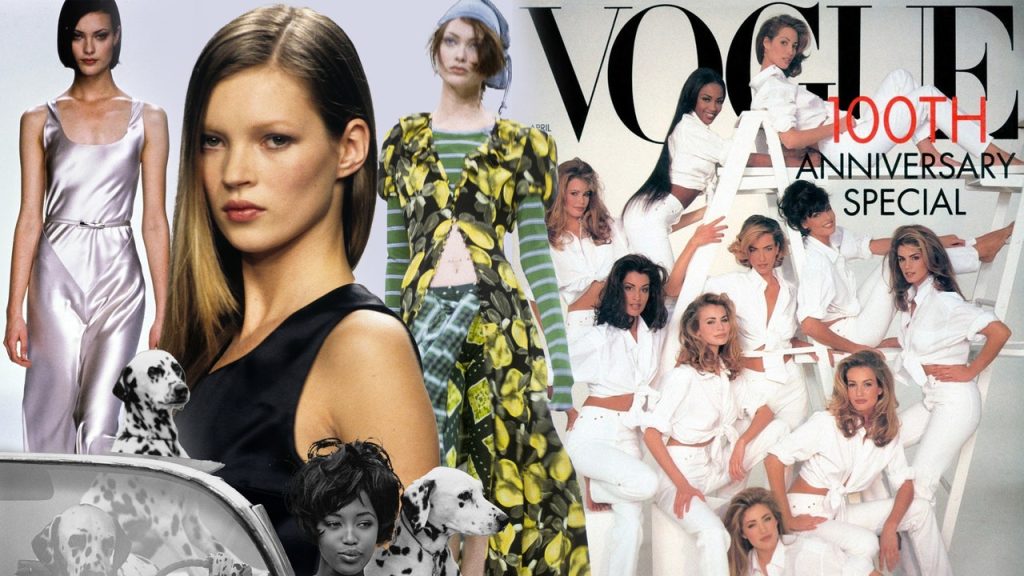Calvin Klein, known for his minimalist design aesthetic, was one of the top designers of the 1990s, along with other influential names such as Gianni Versace, Prada, Dolce & Gabbana, and Marc Jacobs for Perry Ellis. The fashion industry was booming with creativity during this decade, with designers pushing boundaries and challenging traditional norms. Calvin Klein’s provocative advertising campaigns, such as the iconic CK ad on the side of a NYC bus in 1995, captured the spirit of the era.
The 1990s saw a shift towards more casual and relaxed menswear trends, with Giorgio Armani maintaining his position as the king of tailoring while men embraced a more laid-back style. Casual Fridays became popular in the workplace, allowing men to dress in chinos instead of traditional woolen trousers. Companies like the Gap capitalized on this trend, catering to men’s increasing desire for comfortable and stylish clothing. The fashion landscape was evolving, with new designers like Tom Ford for Gucci and Alexander McQueen making waves with their innovative designs.
In addition to the rise of casual menswear, the 1990s was a decade of diversity and inclusivity in the fashion world. Designers like Hussein Chalayan, Rei Kawakubo of Comme des Garçons, and Yohji Yamamoto challenged traditional beauty standards and embraced a more inclusive vision of fashion. The era also saw the emergence of supermodels like Naomi Campbell and Carla Bruni, who became icons of style and grace. Fashion shows and events, such as The Rhythm of Life Fashion Ball in 1992, showcased the talents of designers and models from diverse backgrounds.
The 1990s was a golden age for fashion, with a diverse range of designers making their mark on the industry. From minimalist designers like Calvin Klein and Ann Demeulemeester to avant-garde visionaries like Martin Margiela and Vivienne Westwood, the decade was a melting pot of creativity and innovation. Established fashion houses like Chanel, Gucci, and Yves Saint Laurent continued to influence trends, while emerging designers like Hussein Chalayan and Alexander McQueen pushed boundaries and redefined fashion.
The fashion industry of the 1990s was characterized by a spirit of experimentation and boundary-breaking, with designers pushing the limits of traditional aesthetics. From the bold and provocative advertising campaigns of Calvin Klein to the innovative designs of Rei Kawakubo and Yohji Yamamoto, the decade was defined by a sense of freedom and creativity. Supermodels like Naomi Campbell and Carla Bruni became icons of style, while fashion events like The Rhythm of Life Fashion Ball showcased the diversity and inclusivity of the industry.
Overall, the 1990s was a transformative period for fashion, with designers challenging traditional norms and embracing a more inclusive and diverse vision of style. From the rise of casual menswear to the emergence of supermodels and groundbreaking fashion shows, the decade was a melting pot of creativity and innovation. Calvin Klein, along with a diverse range of designers, left a lasting impact on the industry, shaping the trends and aesthetics of the era.













